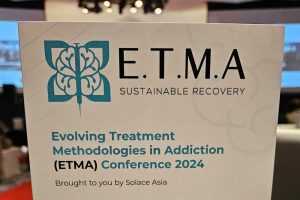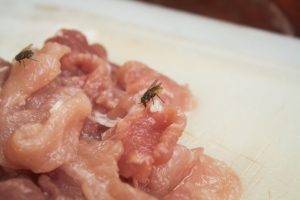Oral health is one of the most important aspects of our daily lives and contributes towards general well-being and quality of life as indicated by WHO. Healthy gums, teeth and mouth are necessary to avoid oral disease. WHO estimates that oral diseases affect 3.5 billion people worldwide and tooth decay is one of the most common problems reported in 2017 as per the Global burden of diseases. Oral diseases result in inflammation and share risk factors with life-threatening disease conditions including cardiovascular disorders and cancers as well. Cancer of the lip or mouth is one the most common cancers in Asian and Pacific countries. Maintaining oral hygiene requires regular effort and the CDC recommends use of fluoridated water along with other aspects for oral health.
What does it do?
Mouthwash is basically an oral rinse made up of specific types of liquids. The main purpose of mouthwash is to freshen your breath apart from cleaning gums and teeth. However, it is not a replacement for brushing or flossing the teeth. People use mouthwash for:
- Fresh breath,
- Preventing tooth or gum decay
- A substitute to flossing as it is difficult and takes time
- Killing bacteria
- Reducing oral plaque
Mouthwash is also used before surgery for reducing microbes in dental aerosols or the oral cavity. Mouthwash should not be swallowed and is not recommended for children less than 6 years old.
Types of mouthwash available
On the basis of utility, mouthwash can be categorised into cosmetic and therapeutic. While cosmetic mouthwash may prevent bad breath for some hours, they are ineffective in killing microbes of the oral cavity. This category of mouthwash thus lack prevention from plaque, tooth decay or gingivitis. Therapeutic mouthwashes on the other hand prevent development of plaque and promotes overall dental health. The American Dental Association (ADA) recommends using mouthwash two times a day.
What is mouthwash made up of?
Therapuetic mouthwashes are made up common molecules which act as biocides such as chlorhexidine, hydrogen peroxide, cetyl pyridinium chloride, triclosan, octeneidine, delmopinol, polyvinylpyrrolidone, hyaluronic acid, natural compounds (plant, fungal, microorganism, animal and marine extracts), essential oils (mixture of thymol, eucalyptol, menthol and methyl salicylate in alcohol solution) or flouride compounds (sodium flouride, stannous flouride). These biocides possess antimicrobial, anti-inflammatory, antiviral, anti-oxidant and anti-plaque properties. Chlorhexidine is reported to show the best effect in maintaining oral health in dentistry due to its ability to retain 12 hours and anti-plaque and antibacterial activity. Essential oils and cetyl pyridium also show efficacy and are suggestive for long-term usage of mouthwash.
Current scenario on use of mouthwash
One of the leading brand of mouthwashes, LISTERINE®, claims to provide 100% mouth cleaning as compared to regular flossing and brushing which covers only 25% of mouth surfaces. While use of mouthwash has been long ongoing, their importance came to light due to the ongoing COVID-19 pandemic. The presence of SARS-Cov-2 in saliva suggest the oral cavity to be a reservoir for transmission of COVID-19. Hence, it is necessary to maintain oral hygiene during dental visits in this pandemic. Use of antimicrobial mouthwash containing chlorhexidine gluconate (CHX), cetylpyridinium chloride (CPC), povidone-iodine (PVP-I), and hydrogen peroxide (H2O2) is recommended. However, it is still not clear if these molecules can negatively affect the SARS-Cov-2 virus. Though mouthwash prevent dental diseases and promotes oral hygiene, lack of knowledge and poor economic conditions in low and middle income countries have made their use limited. Some studies also highlight that routine use increase the risk of developing metabolic disorders such as diabetes.












